Gardening Tips for Beginners
Thinking about starting a garden but not sure where to start – or worse, feel like you’re cursed with a “black thumb”? Check out these beginner gardening tips that anyone can easily master.

I’m by no means an expert gardener, but I do have some tips to share for those of you out there who want to grow. There’s something about nurturing a plant from seed to harvest or bloom that is so satisfying.
It’s fun for kids too, and allows them to understand the process of growing and even the process of growing your own food. My planting/gardening skills come from a lot of trial and error. RIP to many 🌿.
Pay Attention to Planting Zones
First things first, If you are planting outdoors and from a seed, I highly recommend checking the back of your seed packet for suggested zone and timing for planting. It makes a difference!
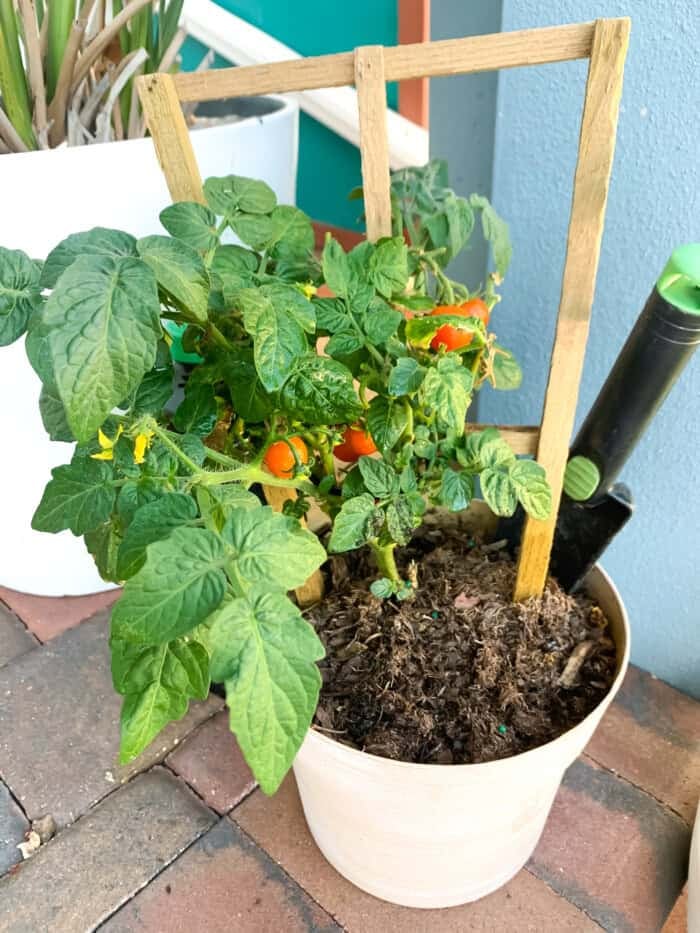
Your planting zone will make huge difference in the success of your plants. It’s often confusing because seeds and plants often sold in your zone are not actually even suited for your region of the U.S. As if us beginners need more confusion!
The lesson here, check your seeds and plants (if you choose to plant a mature plant) before you purchase for outdoor planting. Some plants not necessarily suited for your region may do well indoors though so don’t feel discouraged if you love the look of something you find.
A little research will help you on your way. Here’s a good resource to know what grows best where and what to plant when.
Think Inside the Pot (for growing your own food)
A few simple edible plants you can get started with and easily grow in pots are grape tomatoes, mini bell peppers, banana peppers, lettuce and herbs.
Surprisingly, lettuce only needs a 6-inch-deep pot as they have very shallow roots. The same goes for kale! Radishes can grow in a 4-inch pot.
If herbs is where your mind is going, mint is a great herb to get started with because it grows like a weed and is really easy to care for. Just keep your mint hydrated! Basil is fairly easy to grow as well as cilantro, rosemary and thyme.
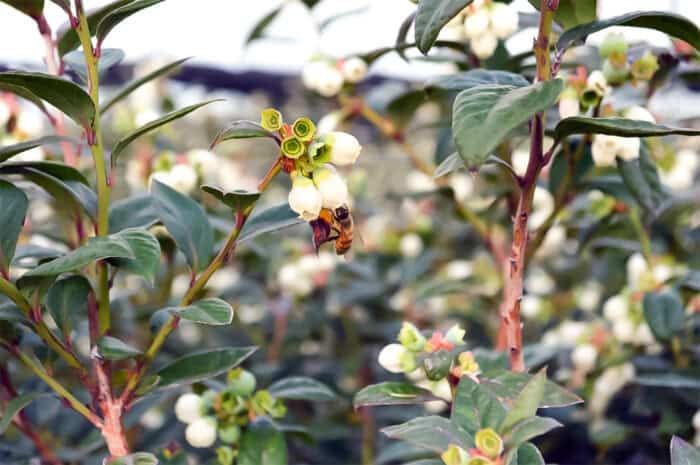
Attract Pollinators
I highly recommend planting pollinator-attracting plants, like annuals, perennials and shrubs, throughout your growing area. Pollinators, like bees and butterflies, will help your plants flourish and you can feel good knowing that you are helping plants all over the world thrive by supporting pollinators.
Hydrate but Don’t Overwater!
We talk a lot about hydrating here at Healthy Family Project, but when it comes to plants, be careful not to overwater! When I first started growing, I thought every plant should have constant water.
Wrong! Pay attention to your plants, if you “listen” it’s easy to figure out what they need. But you can also check out this post 10 Tips for Watering Plants Growing in Containers.
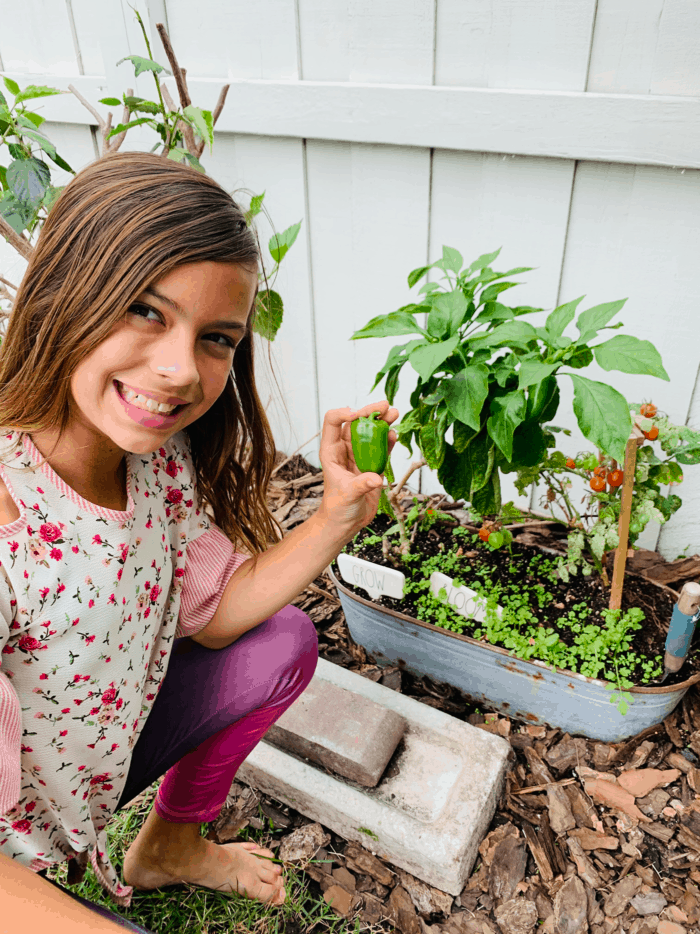
Trim, trim, trim!
I used to hum the Lorax song in my head as I watched my hibiscus bushes grow out and up and then someone at my local nursery compared my plants to hair and it hit me.
I heard my mom in my head explaining why I had to get a haircut. Of course! It’s so your hair can be stronger and healthier. Same with plants. Cut them back and trim them often. They might look a little blah for a week or so, but come back more beautiful and lasting longer.
Enrich the soil
I usually stick with pots for edible plants so I can control the soil. Did you know you can use things like leftover coffee grounds and eggshells to fertilize your soil?
I keep a cup near my coffee maker and dump the grounds all week. I mix with water on the weekend and my plants perk up right away. Crushed eggshells are also a great fertilizer and ward off some pests. I am not a scientist, but you can learn more about fertilizing naturally.

Ward off Pests
I have a lot of pests here in Florida and the soil in my location is meh for growing successful edible plants. If you have ideas on how to ward off pests, please leave in the comments! 🐜
This is an area I often struggle with. I’ve been using Neem oil as I don’t like to use harsh pesticides, but find I have to reapply often and stay vigilant. I know you can build your army of good bugs, like ladybugs, to help the fight, but can take some time.
Hoping my beginner tips help you navigate your planting. My best advice is to enjoy the process and take some time to appreciate all the goodness that comes from our Earth!
Be sure to listen to my recent podcast with Heather Manzo from the Allegheny Conservation District. She shares a lot of great tips on getting your small space started.
Here are a few of my go to gardening tools to get you started.
- The right gloves matter
- Trim away with these pruning shears
- Neem oil to help with fungus and pests
- Fence planters for over-the-fence herb planting
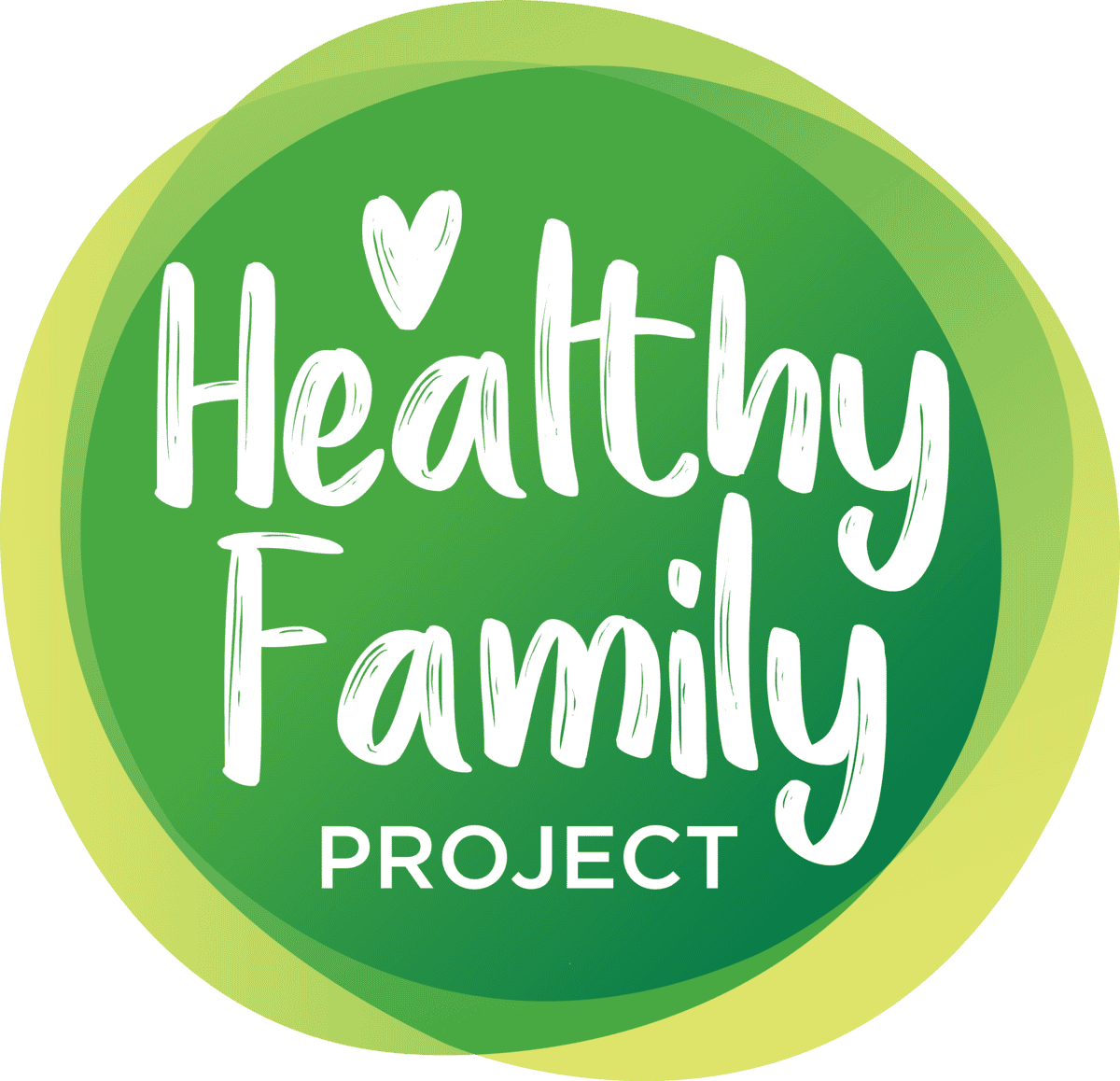


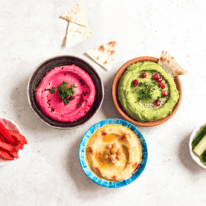

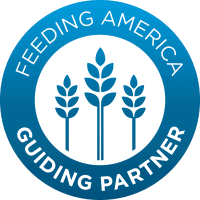
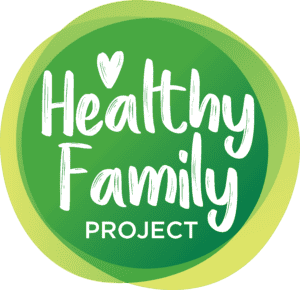
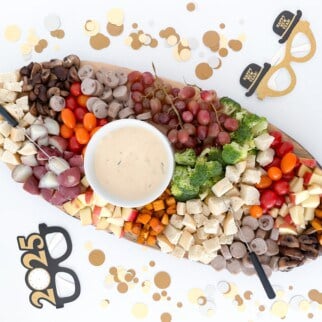
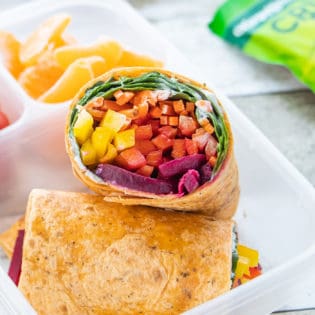



thank you so much for your hard working.
I was just reading that Epsom salt has so many benefits to gardens, both plants and edible gardens. When it comes to pests and also helps sweeten up your edible garden fruits.
Thank you Leanne! We will definitely have to try that!